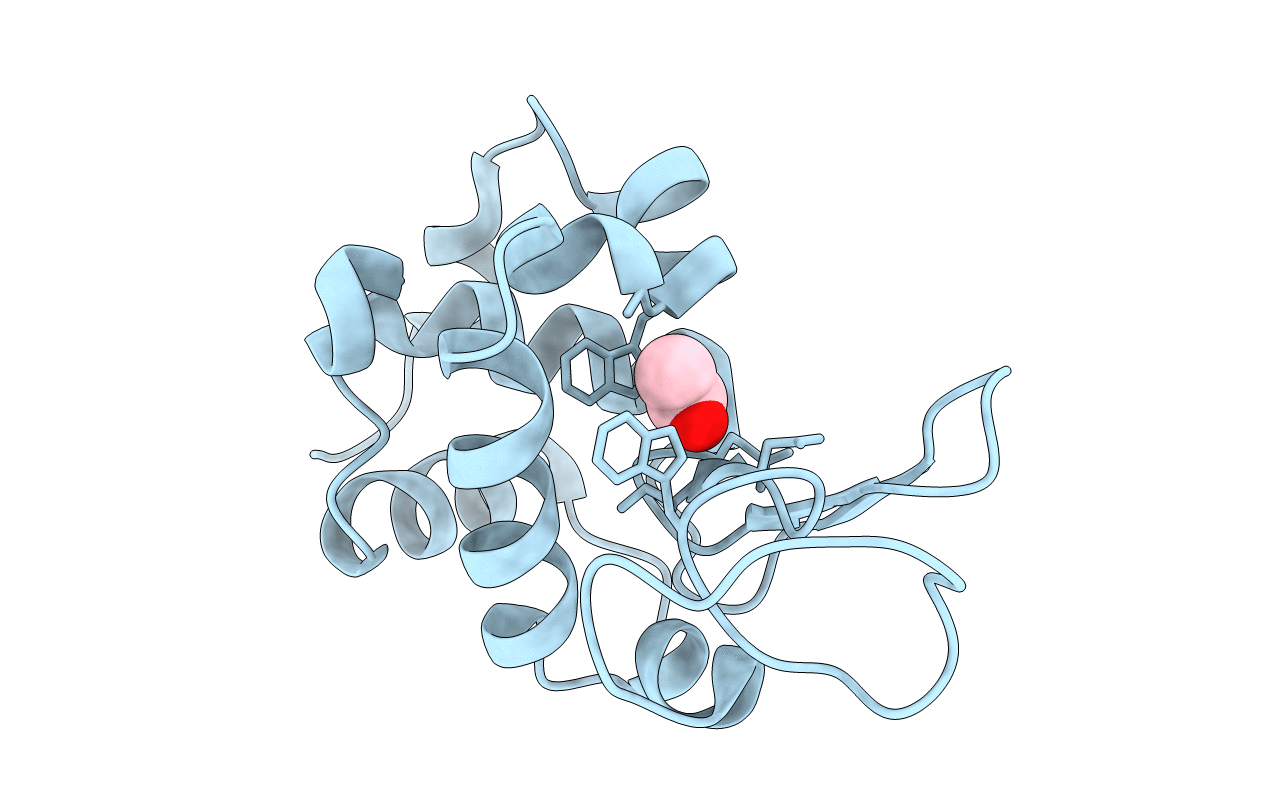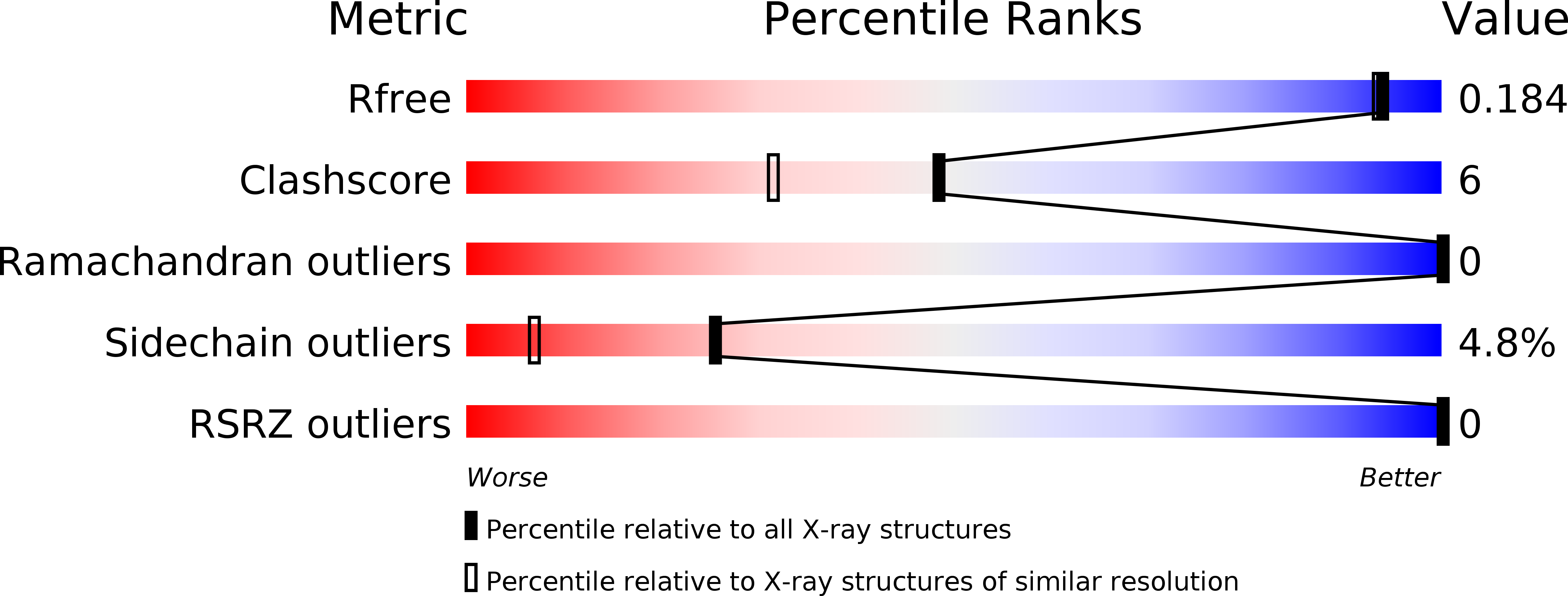
Deposition Date
2016-06-14
Release Date
2016-12-21
Last Version Date
2024-11-13
Entry Detail
PDB ID:
5LAG
Keywords:
Title:
Room temperature X-ray diffraction of tetragonal HEWL with 1M of uridine. Second data set (0.62 MGy)
Biological Source:
Source Organism:
Gallus gallus (Taxon ID: 9031)
Method Details:
Experimental Method:
Resolution:
1.60 Å
R-Value Free:
0.17
R-Value Work:
0.14
R-Value Observed:
0.14
Space Group:
P 43 21 2


